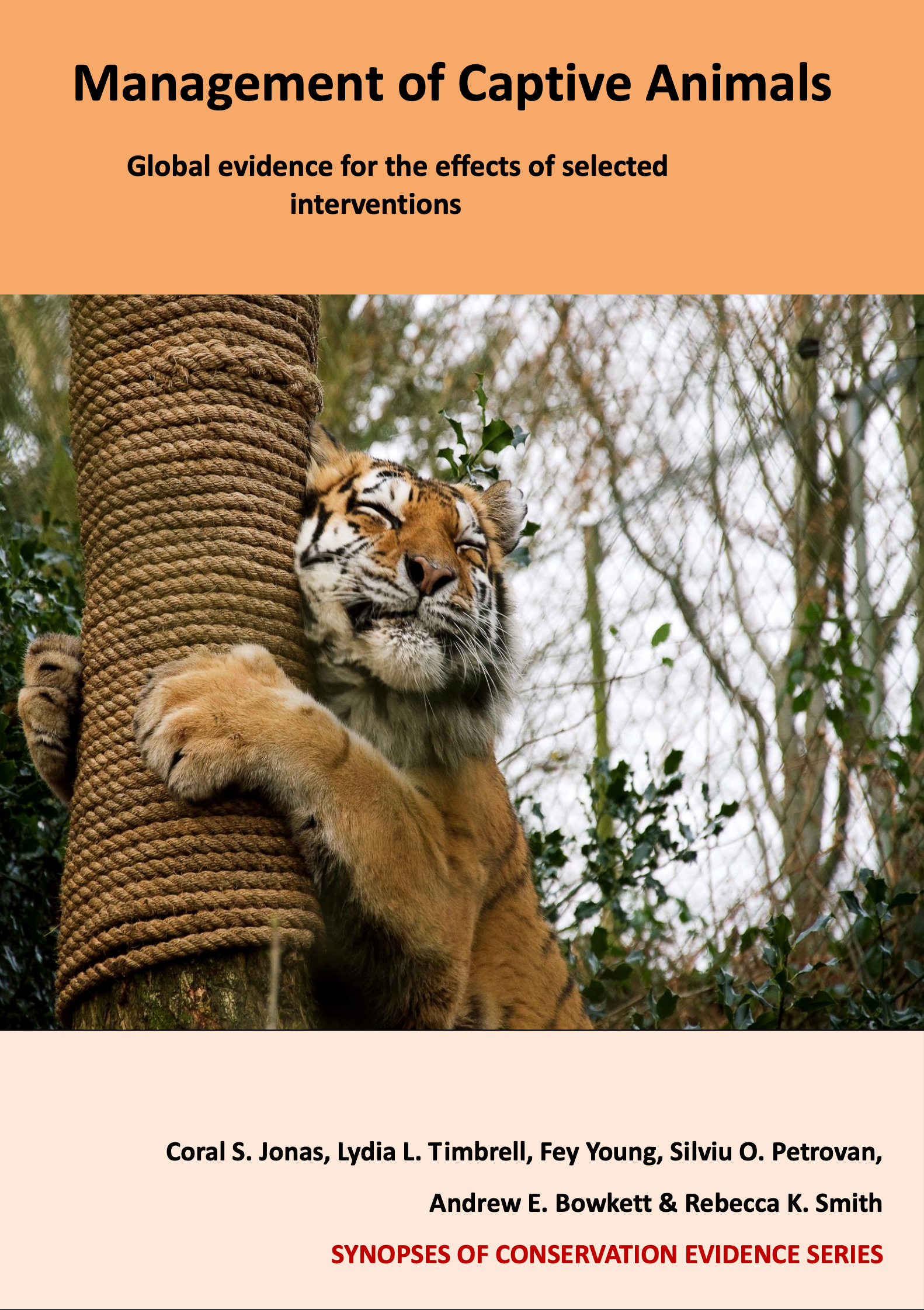Primates: Present food in water (including dishes and ponds)
-
Overall effectiveness category Unknown effectiveness (limited evidence)
-
Number of studies: 1
View assessment score
Hide assessment score
How is the evidence assessed?
-
Effectiveness
60% -
Certainty
30% -
Harms
0%
Study locations
Supporting evidence from individual studies
A replicated, before-and-after study in 1993 in the USA (Parks & Novack 1993) found that, when exposed to water-filled troughs, rhesus monkeys Macaca mulatta were more active compared to when troughs of water were absent. On average the number of times exploratory behaviour occurred increased from five, when there was no water trough present, to six when the trough was present, to four once the trough had been removed in two social groups of monkeys. Water was either standing or running and was contained in plastic troughs. For each of the two social groups, behavioural data was collected for 15 days every five minutes between the hours of 09:00 h and 10:00 h for each of the tests where no trough was present, where the trough was present with water and afterwards where no trough was present again. (CJ)
Study and other actions tested
Where has this evidence come from?
List of journals searched by synopsis
All the journals searched for all synopses
This Action forms part of the Action Synopsis:
Management of Captive Animals
Management of Captive Animals - Published 2018
Captive Animal Synopsis





)_2023.JPG)














